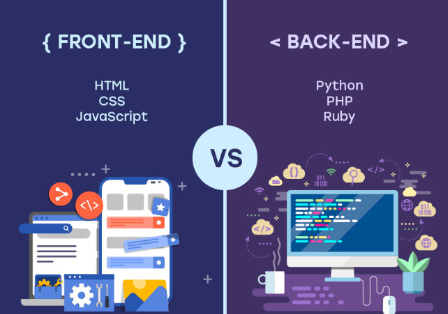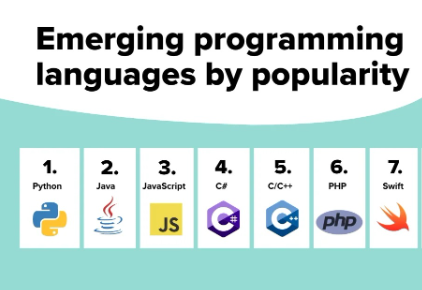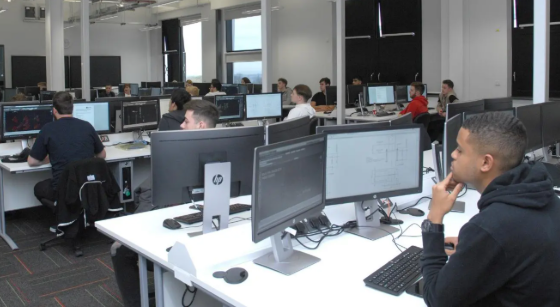
Front-End vs Back-End Programming Explained
If you’ve started exploring web development, you’ve likely heard the terms front-end and back-end programming.
But what do they actually mean—and which one should you learn?
In this guide, we’ll break down the difference between front-end and back-end development, the tools used, the typical job roles, and how to choose your path.
Quick Summary: What’s the Difference?
| Front-End | Back-End |
| What the user sees (the visual part) | What happens behind the scenes (the logic) |
| Deals with layout, design, UI | Handles data, server, database |
| Runs in the browser | Runs on the server |
| Uses HTML, CSS, JavaScript | Uses Python, PHP, Java, Node.js, SQL |
Think of it like a restaurant:
- Front-end = the waiter and menu (user interface)
- Back-end = the kitchen and chef (processing orders)
What Is Front-End Programming?
Front-end development is all about creating the parts of a website that users interact with.
Front-End Languages & Tools:
- HTML – Builds the structure (like the skeleton)
- CSS – Styles the website (colors, fonts, layout)
- JavaScript – Adds interactivity (sliders, buttons, animations)
- Frameworks: React, Angular, Vue.js
- Tools: VS Code, Chrome DevTools, GitHub
Related: JavaScript for Beginners | What Is It Used For?
What Front-End Developers Do:
- Design mobile-friendly, responsive pages
- Create user interfaces (UI)
- Optimize website performance
- Collaborate with designers and UX teams
What Is Back-End Programming?
Back-end development deals with the server, logic, database, and APIs—everything users don’t see.
Back-End Languages & Tools:
- Python – Easy to learn, great for beginners
- PHP – Widely used for websites like WordPress
- Java – Enterprise-grade, secure, scalable
- Node.js – JavaScript on the server
- Databases: MySQL, MongoDB, PostgreSQL
Related: What Is SQL? | Databases and Data Handling Made Easy
What Back-End Developers Do:
- Handle user logins and authentication
- Store and manage data in databases
- Build APIs (how front-end talks to back-end)
- Secure apps and prevent attacks
Full-Stack Development = Front-End + Back-End
A full-stack developer works on both the client side (front-end) and server side (back-end).
They understand how data flows from the user to the database and back again.
Common stacks:
- MERN: MongoDB, Express, React, Node.js
- LAMP: Linux, Apache, MySQL, PHP
- Django + React: Python backend, JS frontend
Related: How to Choose Your First Programming Language
Career Paths and Job Titles
| Role | Skills Required | Typical Tools |
| Front-End Developer | HTML, CSS, JS, React | VS Code, Figma, Git |
| Back-End Developer | Python, PHP, Java, SQL | Postman, Docker, Git |
| Full-Stack Developer | Front-end + Back-end | MERN, LAMP, Git, CI/CD |
| UI/UX Designer (related) | Focuses on design, not code | Figma, Adobe XD, design tools |
Which Should You Learn First?
Here’s a quick guide:
| If You… | Start With |
| Like design, visuals, and UI | Front-End |
| Enjoy problem-solving and logic | Back-End |
| Want to build complete apps yourself | Full-Stack (start with front-end) |
| Want to get hired faster | Learn both (one at a time) |
Tip: Front-end is usually easier to start, while back-end is where the logic lives.
Final Thoughts
Both front-end and back-end programming are essential to modern web development.
Instead of choosing “which is better,” focus on which suits your personality, learning style, and career goals.
Still unsure? Try building:
- A simple website with HTML/CSS/JS
- A basic server with Python or PHP
- Connect them using a form + database


